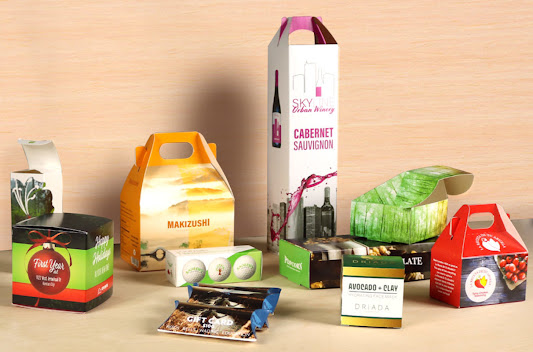Digital printing is a type of process that’s direct, and it offers you a chance to apply the ink directly to the substrate. Photo and signage industries were the ones using this early on, and nowadays, it’s used in a ton of other industries, including print on demand, publishing, direct mail, display, and even marketing collateral, which are all printed packaging that utilizes digital technology.
When it involves your packaging, the digital packaging is a bit different from litho and flexo lamination. They use plates and cylinders to get the image onto different materials, and they pass through some presses. Digital doesn’t need this, instead, putting the inks directly on there to make this. Some brands are still learning to adopt this, but it’s become popular for displays, boxes, and even labels and other types of applications for packaging. It’s changed how people view products, and also gets them on there.
The product Life Cycle
Why is this so popular? Well, it attributes itself to the product life cycle. That’s because the life cycles are getting less and less, and there are now more products and even variants than ever before. New SKUs have been introduced, and it’s something that plays a part in the success of products.
The demand is there, and there is a need for this. So how do you handle the demand for this? Conventional methods take time, and these days, digital printing is a lot better.
Packaging plays a part in this, and there are now more fluctuations of products than ever before. With more surplus packaging tying up the cashflow that’s there, and it costs money especially when not used, it’s clear that there are some product packaging options that cause the product to sit in the trash, or even just recycled.
Using the correct packaging will help save you money, but the thing is, the right packaging can be hard. Not to mention, with holiday sales and the like, it can be a struggle to get the correct packaging on your team.
Conventional printing is good for some options, but the problem is, it can’t handle the fluctuations of the current packaging lifecycle. The plates cost a lot, and if the packaging is a dud, you’re in the red. That’s why more and more have adopted the use of the digital printing methods that are out there, because it’s clear that with this, you’ll be able to print the packaging that you want, to meet the demands that are there.
How digital printing solves this
Digital printing is super different, because it lets you put together the right packaging and the needs that are there, allowing companies to print whatever, whenever, and however, and you can control, handle the volume, replenish it better, and offer better graphic iterations that are there, offering better alignment to the supply chain.
It’s also more sensical in a financial sense. With conventional printing requiring higher minimums in order to overcome the initiation and the production that’s there, it also includes some tooling, the setup of machines, and the wastes of material. Lamination can run way more than most companies are willing to pay, and if you’re printing hundreds of that, it certainly adds up.
Digital printing also gets rid of a lot of the initial costs that come with this. For those starting out, it’s less about printing a ton of things, and more about printing something that’s consistently the same price, which is good for a lot of brands.
Overall, it is the future, and hopefully, we see more applications too.


No comments:
Post a Comment